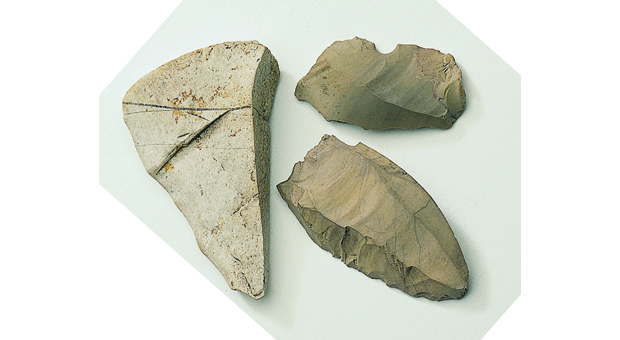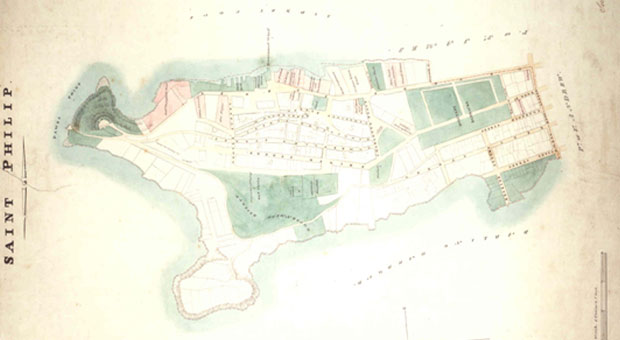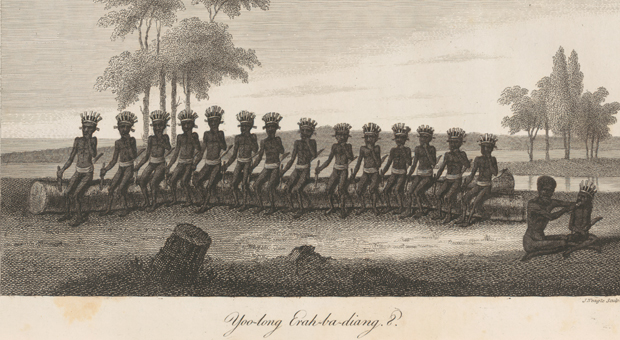
Early Contact

Local Aboriginal people in bark canoes on Sydney Harbour, depicted by the Port Jackoson painter c1790 (image courtesy Thomas Watling Collection, Natural History Museum, London - 012643)
mubaya – speak an unknown language / yuridyuwa – sit near (to sit near anyone) / berewalgal – people from a distant place
Aboriginal people have always lived in Sydney. Following the arrival of the First Fleet in 1788, the British encountered Aboriginal people around the coves and bays of Port Jackson. The Aboriginal communities here were both generous and combative towards the colonisers. Many places around the harbour remained important hunting, fishing and camping grounds long after Europeans settlement, and continue to be culturally significant today.


Barcom Glen

Elizabeth Town

Richard Hill’s House

The Rushcutters Bay settlement

St Mary’s Cathedral

Woolloomooloo Bay

Observatory Hill

Blackwattle Creek

Aboriginal sites on Goat Island

Moore Park Campsite

Tinker’s Well

Moores Wharf Midden

Moore Park Engraving

Yurong Cave and Yurong Midden

William Street

St Mary’s Cathedral Hatchet

The KENS Site

Junction Lane Campsite

Conservatorium of Music

Wynyard Walk campsite

Darling Walk Midden

Government Boatsheds

Significant Aboriginal people in Sydney

Aboriginal people and place

Ricketty Dick

Cora Gooseberry

Western science and Aboriginal people

First Contact

Dawes Point / Tar-Ra

Sydney Cove / Warrane

The Domain and Royal Botanic Gardens

The site of First Government House

Hyde Park South

Australian Museum

Prince Alfred Park (Cleveland Paddocks)

Lake Northam

Bennelong Point / Dubbagullee

Lilyvale Campsite

Sheas Creek (Alexandra Canal) Alexandria

Tank Stream Sydney



